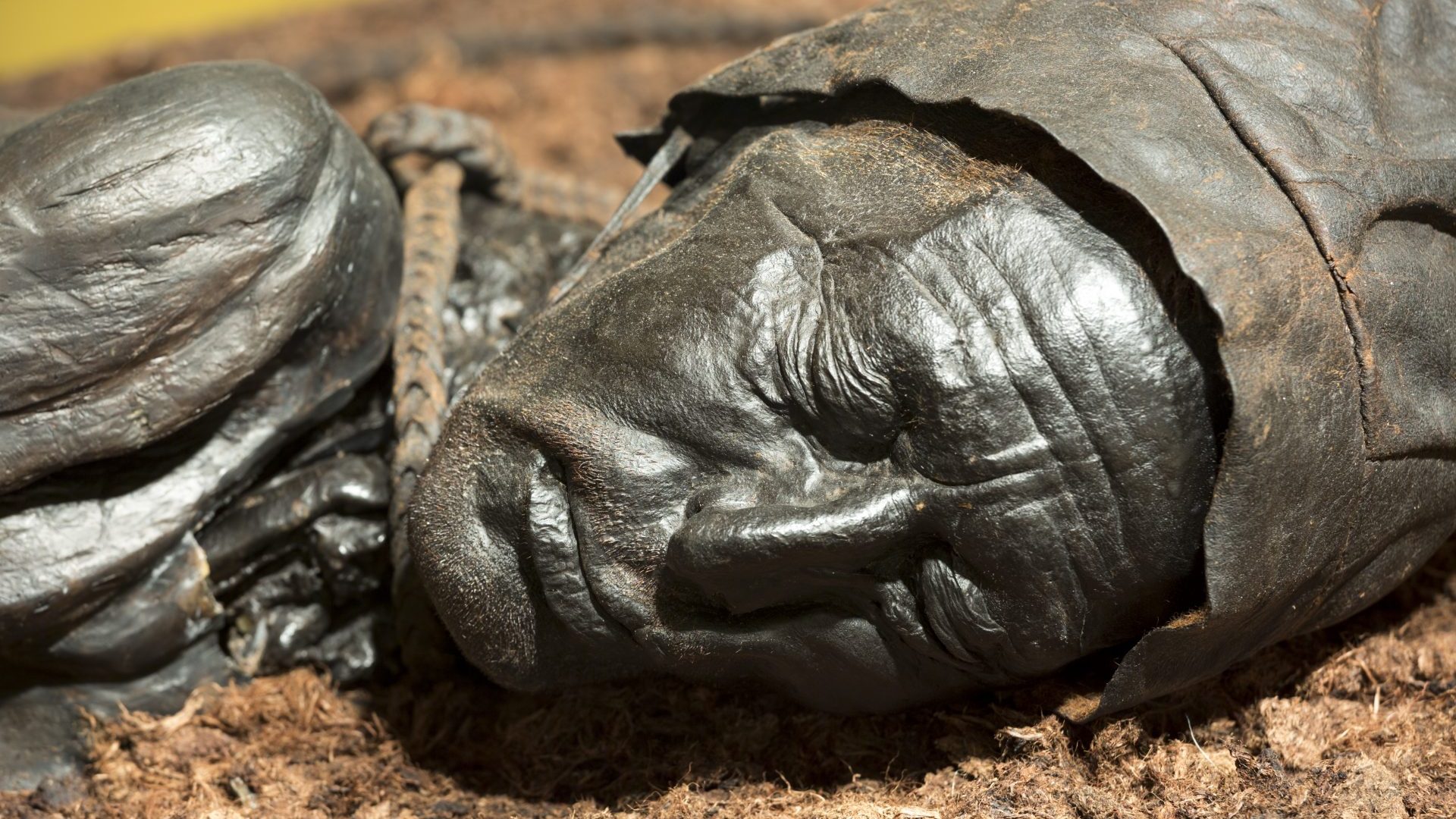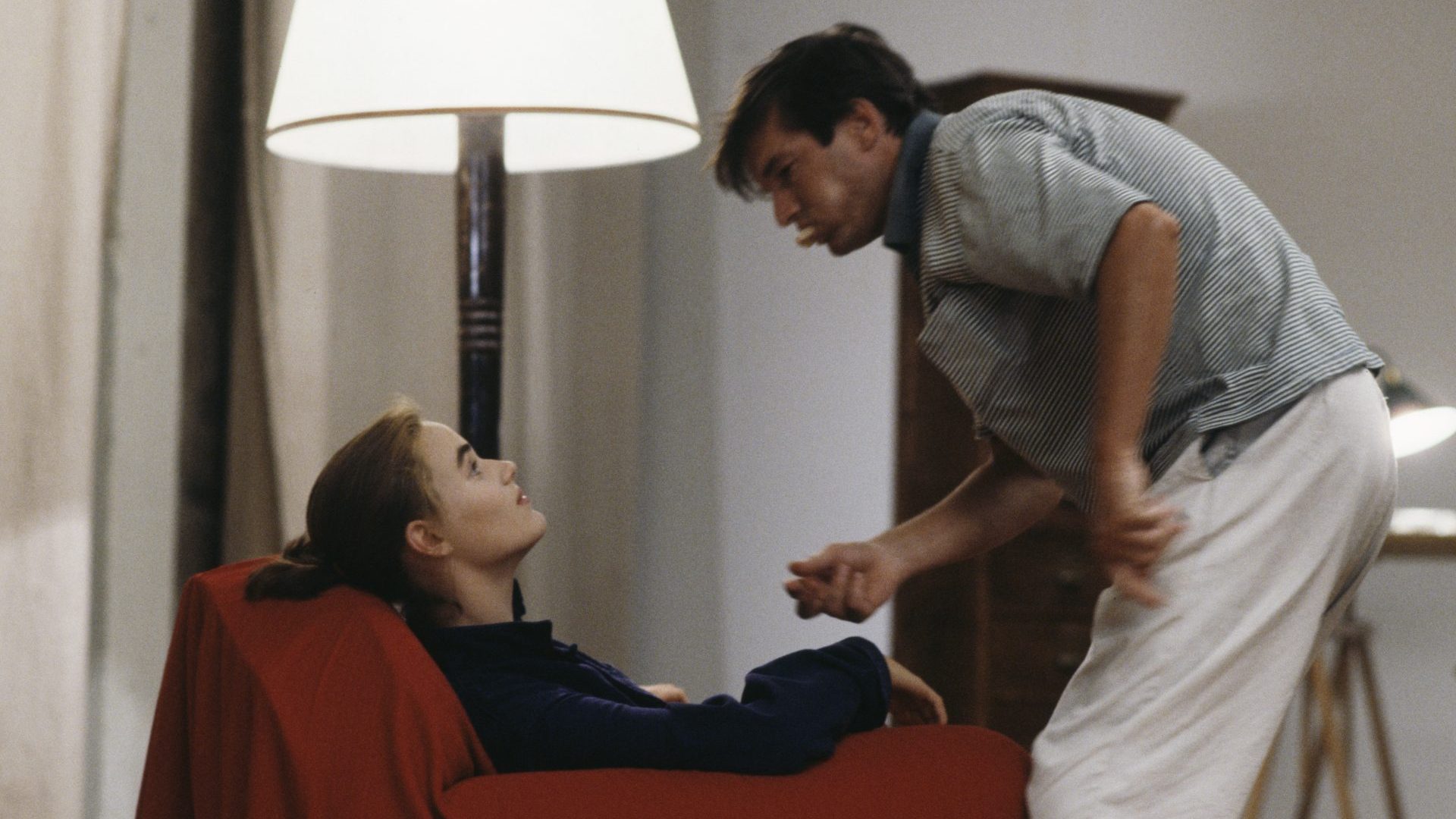There are few better literary attractions on our continent than Listen Now Again, the Seamus Heaney exhibition housed permanently in the imposing Bank of Ireland building on College Green in the heart of Dublin.
Opened in 2018, Listen Now Again is the most tangible outcome of the poet’s donation of his personal papers to the National Library of Ireland a couple of years before his death, from which has sprung an extraordinary tribute to one of Ireland’s greatest literary figures.
The donation of the archive itself had been typically Heaneyesque. On the appointed date in 2011, the library had expected a van and attendant couriers to arrive; what they got was the poet himself reversing his car up to the library’s service entrance ready to haul the archive boxes out of the boot himself.
Listen Now Again combines that down-to-earth ethic with cutting-edge museum technology. The first thing you hear on entering is a recording of Heaney reading Digging, the opening poem of his 1966 debut collection Death of a Naturalist (“Between my finger and my thumb,/ The squat pen rests; snug as a gun”) and the last thing you see is a video presentation of tributes commemorating his death in 2013, including the players, officials and 83,000 spectators at Croke Park standing and applauding ahead of an All-Ireland football semi-final between Dublin and Kerry.
In between, there are display cases of letters and original manuscripts as well as carefully judged contextual material, from a wall of newspaper front pages dating back to the Troubles to Heaney’s walking stick.
When I visited last month I was overwhelmed by how the exhibition presents Heaney’s verse as vibrant and alive rather than something to be preserved and revered.
The displays allow the visitor an intimacy with the poet, his life and work, until, when you exit past a mural of what were in effect Heaney’s last words – “don’t be afraid” (he texted his wife the Latin phrase “noli timere” from his hospital trolley on the way to the procedure from which he didn’t wake) – it is almost with a sense of losing Heaney all over again.
Of all the manuscripts and personal memorabilia, however, my attention was captured most by Heaney’s personal copy of a book that influenced his work for almost four decades. This was not a collection of poetry nor even a beloved novel, it was an old paperback in which a Danish archaeologist mused upon Iron Age burials.
The Bog People, PV Glob’s exploration of the preserved corpses unearthed across northern Europe by peat cutters, was first published in Denmark in 1965 and published in English translation in 1969, when Heaney first came across it. How the book came to his attention we will never know, but Glob’s descriptions of the bodies and the manner of their discovery, as well as his theories on how and why these people met their ends, had a profound effect.
“It was like opening a gate,” Heaney said. “The minute I opened it, and saw the photographs and read the text I knew there was going to be yield from it.”
That yield would span the poem Tollund Man from his 1972 collection Wintering Out and more than 30 years later The Tollund Man in the Springtime included in 2006’s District and Circle, not to mention several bog body-related poems in his searing 1975 collection North. Glob’s book proved an extraordinary inspiration to Heaney, a poet who had always looked down as well as up, immersing himself in the landscape to create earthy verse in which you could almost smell the loamy soil.
There were far worthier items on display, handwritten drafts of some of his best work, his desk, rare copies of student magazines that contained some of his earliest published poems, but it was The Bog People that stuck in my mind. Perhaps it was the sheer ordinariness of the book, a slightly tatty mass-produced paperback with a simple cover, like all the best books largely unremarkable as an object yet potentially life-changing in its contents. Perhaps it was the cover, a red-filtered close-up photograph of the Tollund Man’s face, eyes closed as if asleep, lips slightly pursed above a stubbly chin, brow furrowed yet apparently at peace.
Both book and Heaney were still on my mind a few days later when I was poking around a second-hand bookshop in the rural south of Ireland. Maybe that’s why I noticed the slim, creased red spine almost hidden on a shelf with the title picked out in white: not only was this a copy of PV Glob’s The Bog People, it was exactly the same edition I’d seen at the Heaney exhibition.
Within minutes I was a handful of euros lighter in the pocket and settling down by a pub fireplace ready to spend the rest of the afternoon with the book that had enthralled Heaney.
If I was expecting dry academic analysis, I was wrong. Within the first few paragraphs, it was clear that while Glob had the analytical mind of a scientist, there was definitely a poet in his soul.
Translated from the Danish by the English archaeologist Rupert Bruce-Mitford, the book opens with a beautifully rendered chapter about the 1950 discovery in Jutland of Tollund Man, to which Glob was summoned from his desk at the University of Aarhus to lend his expertise.
Tollund Man was so well-preserved a few feet down in the bog that when he was first discovered by peat-diggers they feared they had unearthed the victim of a recent murder. The length of rope wound around his neck revealed the man’s end was anything but peaceful, but this act of violence had taken place two millennia earlier.
Glob’s description of the scene verges on the magical. He arrived towards the end of the day, the setting sun casting long shadows among golden light.
“It was as though the dead man’s soul had for a moment returned from another world, through the gate in the western sky,” he wrote.
Just as the body was being carefully transferred to a crate and sent on its way to the university for analysis, one of the local men who had helped with the disinterment collapsed and died from a heart attack.
“The bog claimed a life for a life,” wrote Glob, “or as some may prefer to think, the old gods took a modern man in place of the man from the past.”
By the dawn of the 1970s, the bog people of Glob’s book had taken on a contemporary resonance for Heaney as the escalation of the Troubles on his doorstep began to seep into his work. His first two collections, Death of a Naturalist in 1966 and Door into the Dark three years later had been primarily concerned with landscape and memory.
“I loved the dark drop, the trapped sky, the smells of waterweed, fungus and dark moss,” he wrote in Personal Helicon, while in Bogland he talks of how “The ground itself is kind, black butter/ Melting and opening underfoot,/ Missing its last definition/ By millions of years”.
In The Tollund Man, however, published in 1972, he begins drawing parallels with events in Ireland. Vowing to travel to Aarhus and “see his peat brown head,/ The mild pods of his eyelids/ His pointed skin cap”, Heaney likens the Iron Age man – sacrificed, according to Glob, to a deity at the coming of spring – to more recent victims of atrocity, predicting “Out there in Jutland/ In the old man-killing parishes/ I will feel lost,/ Unhappy and at home”.
North, written in 1975 after he had moved from County Derry to County Wicklow, south of Dublin, remains his most overt engagement with the political situation and draws heavily on the bog bodies he’d seen in Glob’s book. The Grauballe Man concludes “with the actual weight/ of each hooded victim/ slashed and dumped”.
When in September 1994 the IRA announced the ceasefire that kickstarted the peace process, Heaney was by chance on his way to Denmark for a speaking engagement, able to visit the spot where Tollund Man was found and weigh the experience against developments at home, “the low ground, the swart water, the thick grass/ Hallucinatory and familiar” he wrote in Tollund.
For the poet, there was no better place to muse upon how he and his wife were “ghosts who’d walked abroad/ Unfazed by light, to make a new beginning/ And make a go of it, alive and sinning,/ Ourselves again, free-willed again, not bad”.
In the sonnet cycle The Tollund Man in the Springtime, in his 2006 collection District and Circle, our eponymous hero finally escapes his display case to wander the city, “coming and going, neither god nor ghost”, having risen “as a man would, cutting turf,/ I straightened, spat on my hands, felt benefit/ And spirited myself into the street”.
It’s an upbeat end to Heaney’s decades-long poetic fascination, Tollund Man walking again, unnoticed in the crowds of humanity a couple of millennia after his violent end.
Just a few weeks before his death, Heaney had spoken of this at an event in the National Library of Ireland.
“And it is that sensation of human contact, of a covenant with the past, of an at-homeness experienced in silence and stillness, it is that combination of distance and familiarity which can give us some sense of belonging with those who have gone before,” he said. “So it might be said that if we have inherited a debt, we have also been handed down a treasury.”
On the day I visited the exhibition it was announced that a bog body had been discovered just a stone’s throw from Heaney’s home village of Bellaghy in County Derry.
Thinking about the person who might have been, lying so close to the home of a man who would evoke their suspension in “the low ground, the swart water, the thick grass” better than anyone, the words of Czesław Miłosz that had inspired Tollund Man to walk among the world again in Heaney’s final bog poem came into my mind:
“The soul exceeds its circumstances.”




